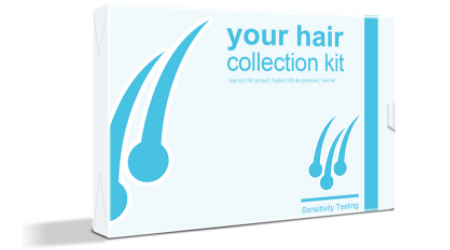The sheer speed of modern science has made a lot of things possible these days that wouldn’t have been around back in the day. Amongst the modern perks is going to be the fact that you can now choose from a series of options when testing for food allergies. While the science behind each of these testing methods has been around for quite some time, the availability of them to the average person has not. Are you ready to learn how the new-found conveniences of testing for food allergies?
3 methods of testing for food allergies
- Skin prick test: This is the classic test that most people think of when the time comes to get the test done. This involves sitting in a clinic and having a grid of skin prick needles applied to your arms or back. The pricks also insert a touch of the allergen to the prick and then results will show up in the form of a welt. While helpful in some cases, medications and your natural skin conditions can create false negatives or positives, depending.
- Blood sample test: This is a test that is done at home through an ordered kit. Using finger pricks, you’ll put a blood sample on the provided card and then send it off to be tested in a lab. The test involves testing your blood sample against a series of known food allergens and measuring the response of the antibodies to each one. The results are then emailed back to you in less than 2 weeks of receipt.
- Oral test: Usually conducted at a hospital, this test involves the person eating food with varying levels of the allergen and their response being monitored on medical equipment. This often used as a last result, but it is still the preferred testing method for people who aren’t comfortable with needles or blood.
How to choose the right testing method
Determining which method is going to be best for you when testing for food allergies comes down to understanding and respecting your needs as well as those of your body. When both of those factor into the test that you end up choosing, you’ll be able to choose the one that really is going to make you feel the best about the test itself and also still make sure that you are getting the most accuracy out of it.
Testing for food allergies is not supposed to be scary, stressful or inconvenient. A huge part of making sure that all of these details are taken care of is to keep those in mind while choosing the best way to test for allergies for you. There is no one-size-fits-all approach to allergy testing, and everyone’s first choice is going to be based on their personal preferences. The most important thing is that you get the accurate results back with as little inconvenience and a few nerves as possible. Allow modern science to help you out with that by giving you the freedom of choice.
